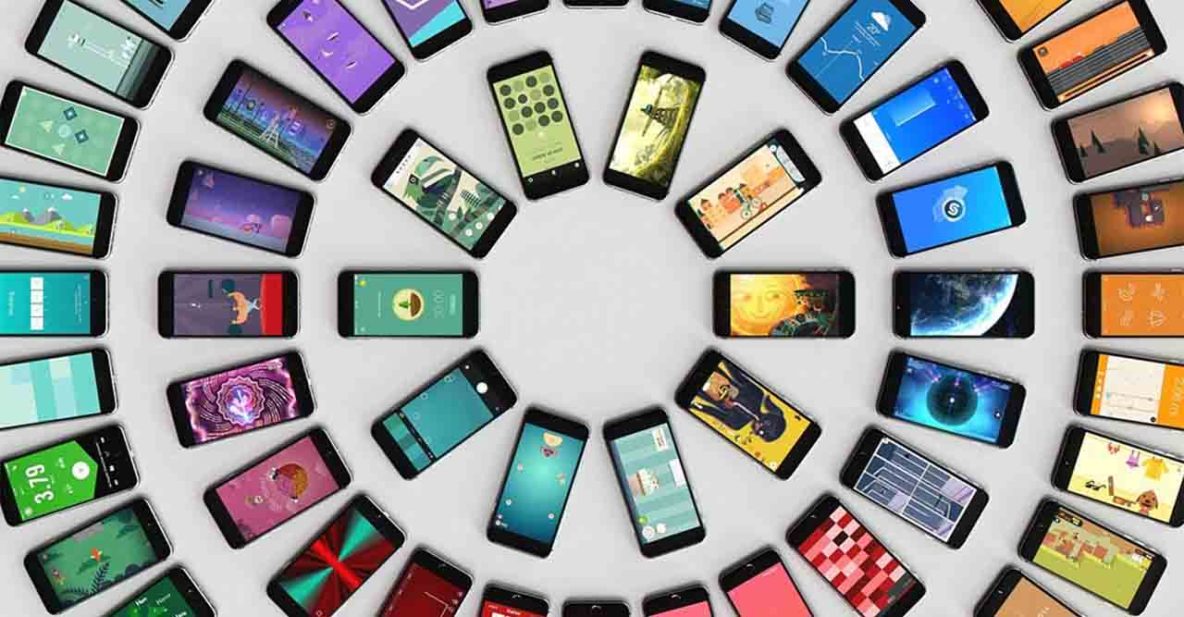According to TrendForce, manufacturers are building up their inventories in advance, which leads to shortage in supply. Tight supply with high demand dictates an increase in cost.
Manufacturers are building up their inventories in advance, which leads to shortage in supply. Tight supply with high demand dictates an increase in cost.
Since the second half of 2016, prices of key components — parts like DRAM memory, NAND flash storage, and AMOLED panels — have soared, and it is affecting smartphone makers’ profits. You know what likely happens when companies’ margins get squeezed: They usually pass on part of the additional cost to consumers, hence the higher product prices.
We’re already seeing the effect on newly announced devices. The Huawei P10 and P10 Plus, for example, will fetch starting from 649 (roughly $685 or P34,500) and 699 euros ($740 or P37,100), respectively. Take note that the P9 and P9 Plus, their predecessors, were cheaper when they debuted in the Philippines; they sold for just P23,990 ($477) and P29,990 ($597), respectively.
The LG G6 is another example. The phone will go for 899,800 Korean won (P39,600 or $786) in its native Korea. Last year’s LG G5 was locally priced at P34,990 ($694) at launch.
And there’s the rumor that one of the three Apple iPhone 8 models that will be unveiled in September 2017 will cost about $1,000 (P50,200). Gah.
We’re already seeing the effect on newly announced devices. The Huawei P10, for example, will start from 649 ($685 or P34,500), far from the Huawei P9’s P23,990 ($477) price in the Philippines at launch.
Again, manufacturers are looking to upgrade the specs of their devices. For memory chips, TrendForce says they are adopting the faster, more efficient LPDDR4X as they introduce features such as dual-lens camera, video streaming, and services that are based on artificial intelligence technologies. Also, top-of-the-line smartphones will have 6GB or 8GB RAM this year.
For storage, handset vendors are looking to match the built-in memory of the iPhone. Instead of just 32GB and 64GB options, they’re now moving to 64GB and 128GB variants for their flagship devices. The market-research firm also expects the accelerated adoption of UFS [universal flash storage], which offers better performance than eMMC.
SEE ALSO: Apple dethrones Samsung as world’s largest smartphone vendor
For screens, TrendForce reports that AMOLED is the way to go. In 2017, Samsung is making OLED displays for its own devices and Apple’s iPhone. It won’t be able to meet the rising demand from other brands, hence TrendForce’s belief that AMOLED panels’ prices will most likely stay on an uptrend.
Ah, the law of supply and demand. Bad news for us, yes?
Image via Teciber
Video you may want to watch: Huawei P10 and P10 Plus introduction
Share this Post

